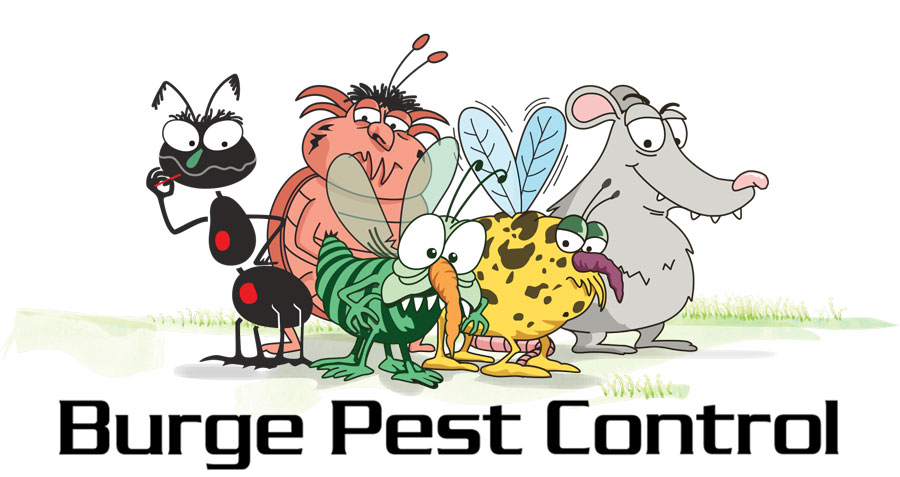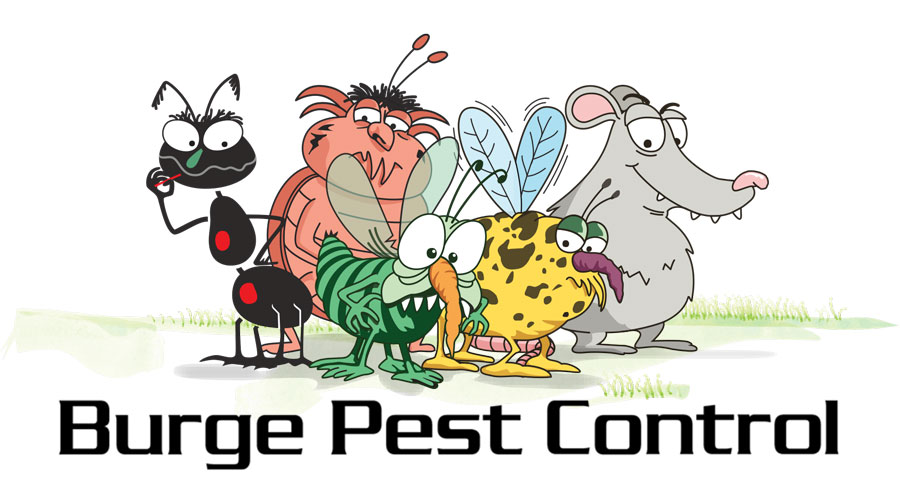Follow Us x
Identify:
Drywood workers are white to beige in color and range from 1/4" to 3/8". The soldiers are the defenders of the colony. They body color is the same as the workers and their heads are brownish in color and have large black mandibles. They are 5/16 inches and their primary enemy is ants. The swarmers are 7/16" to 1/2" long, including wings. Their color is dark to light reddish brown and their wing are a smoky grey.
A Short Bio:
Their name comes from the fact they survive in wood that has less than 12% moisture content. . They do not have forage tubes like subterranean termites and can have multiple colonies within a structure.
Drywood termites lack a true caste system. Workers are immature stages of the colony. They gather food, expand the colony, care for the queen and all younger immature stages. It takes up to seven years for the colony to reach maturity. At this stage swarmers are produced, or the mature workers that grow wings. Only a small number will survive their flight. Most will become food for insect predators like birds, spiders and ants.
Drywood termites make smooth galleries along the grain of the wood they're living in. Even though the colonies usually have less than 500 individuals, when left alone they can reach up to 3,000 individuals with multiple queens which can cause major structural damage.
Where they Live:
The western drywood termite is found all throughout the Bay Area, but are mainly found in peoples' subarea/basement or attic. In the Bay Area they swarm on sunny days in the fall.
Signs of Intrusion:
Most people only find the evidence of the drywood termites, not the pests themselves. They will mainly scatter their fecal pellets. The best way to describe these are small, bun-shaped pellets that are gritty to the touch and look similar to salt and pepper. These pellets are ejected out of kick holes, or small holes in wood or the sheetrock. Pellets can be found anywhere in a structure, even in places like a fence or dead knot holes in living trees.
Our Treatment:
Once drywood termites are discovered the primary recommendation is to fumigate the structure. Since pellets can be kicked out into inaccessible areas, it can be years before pellets are found and by that time there can be multiple colonies in the structure. Fumigation is the only way to ensure there are no other colonies living within the structure.
Should the evidence be localized or fumigation not practical, local treatments can be performed. There are several methods for local treatment for drywood termites, but we only use chemical methods in the form of chemical foams, wood injections and topical wood treatments to control the infestation.



